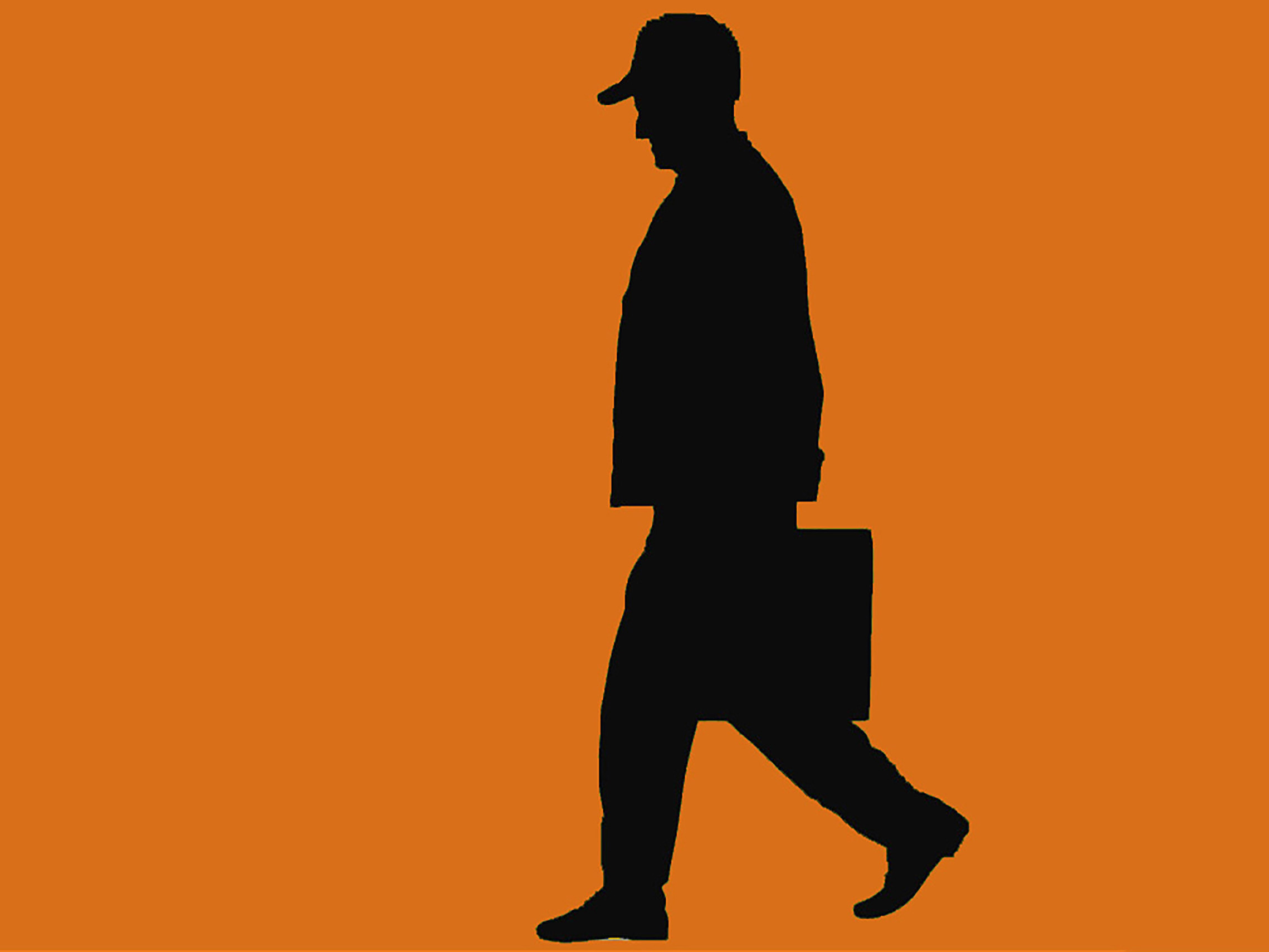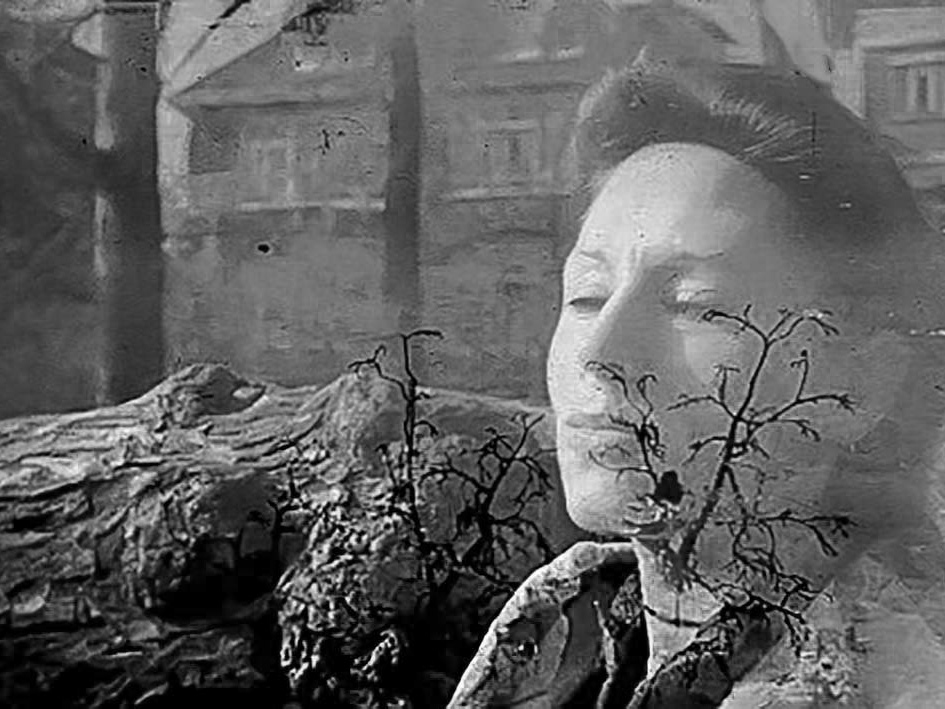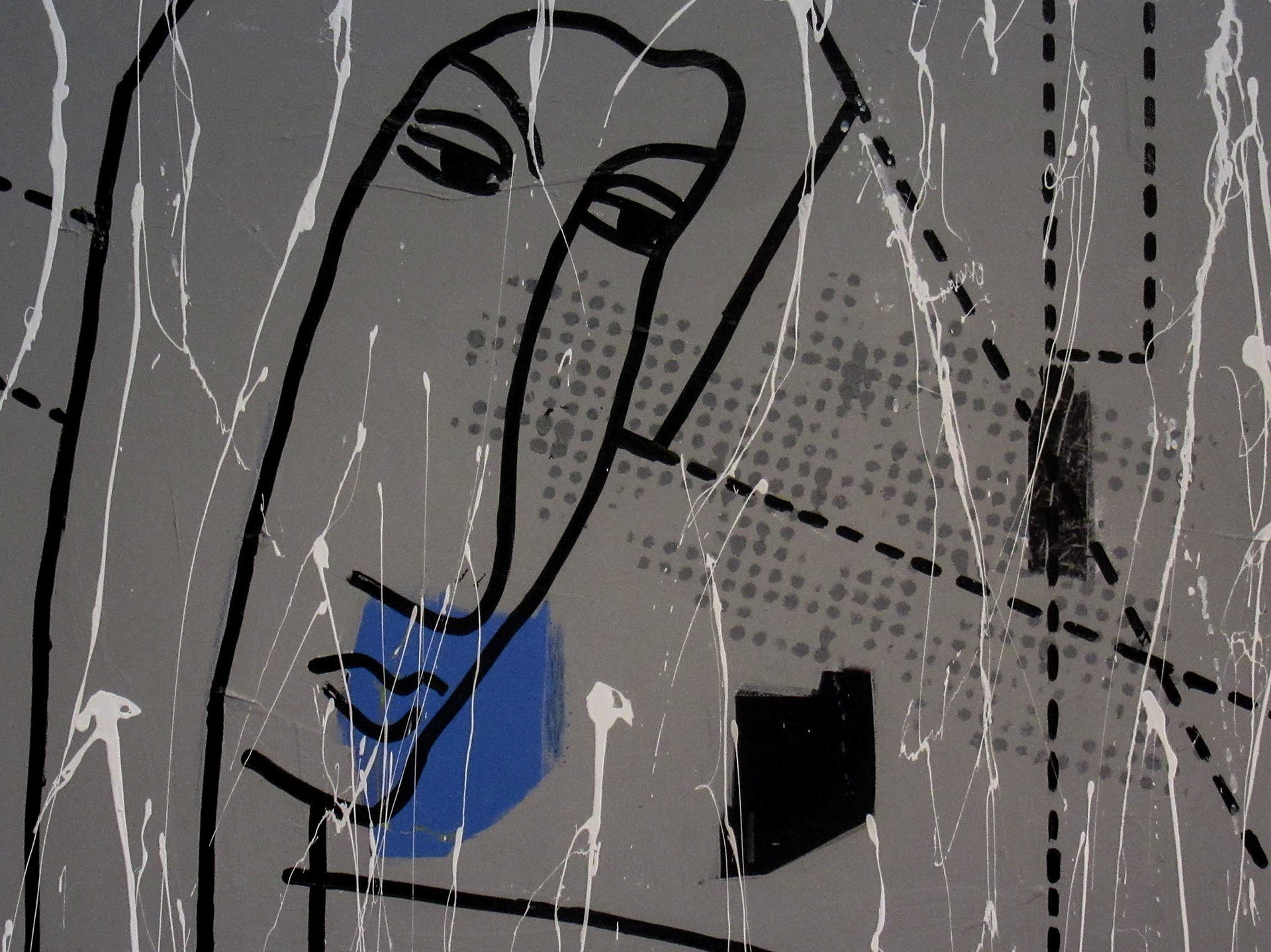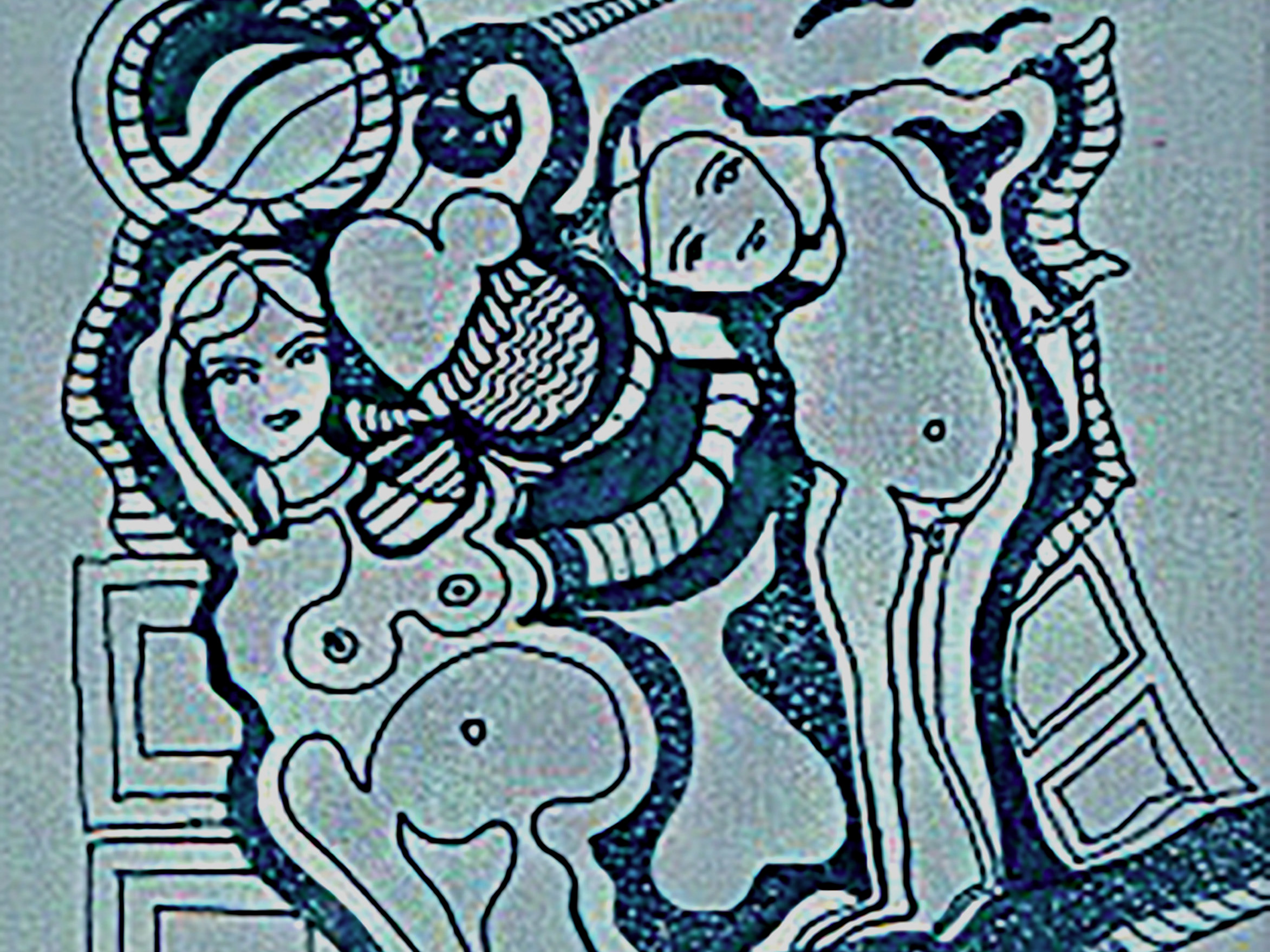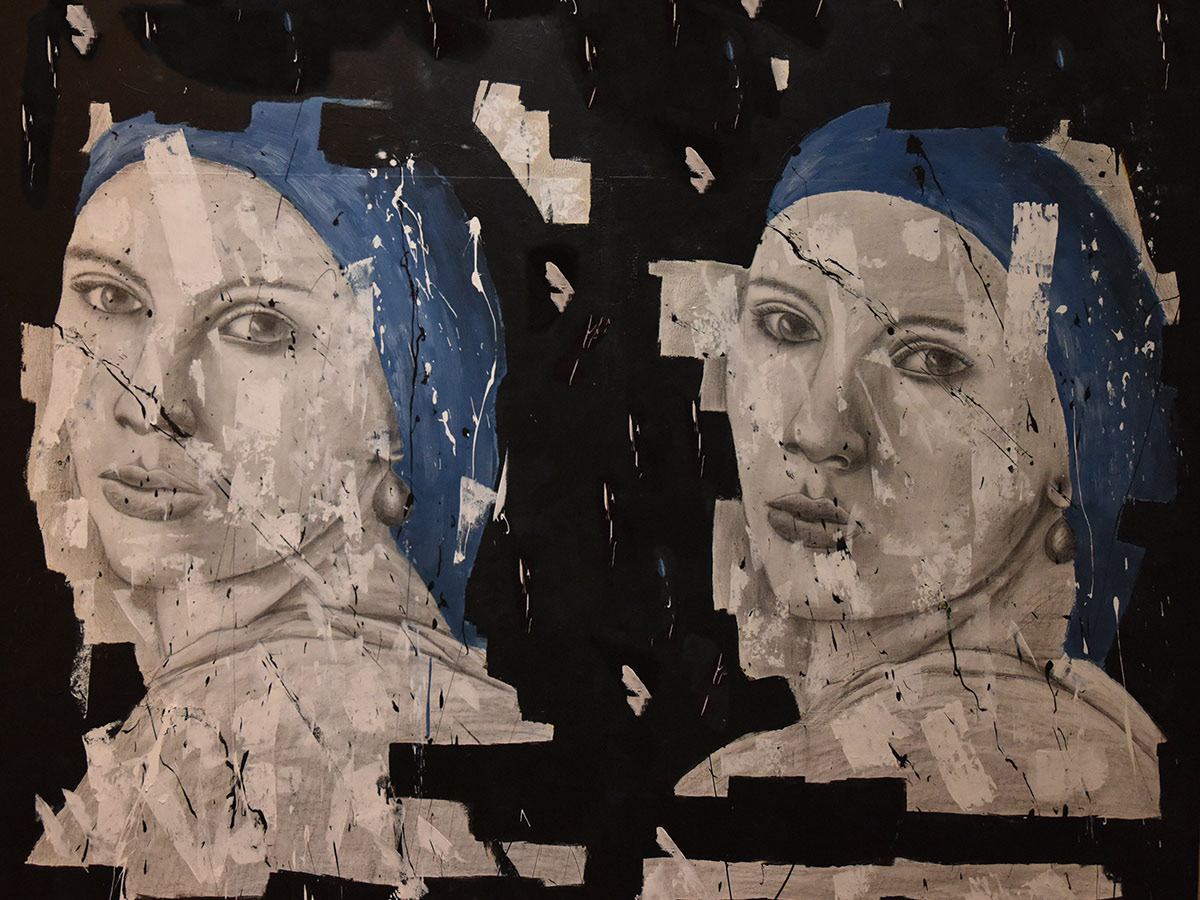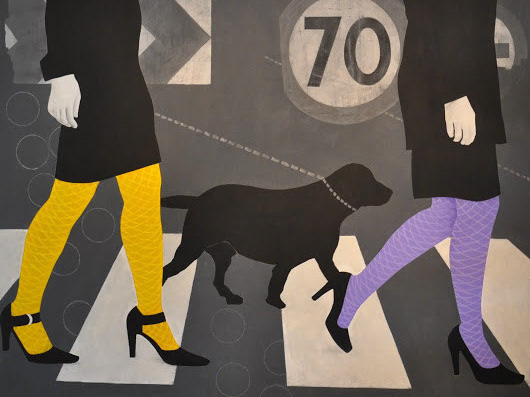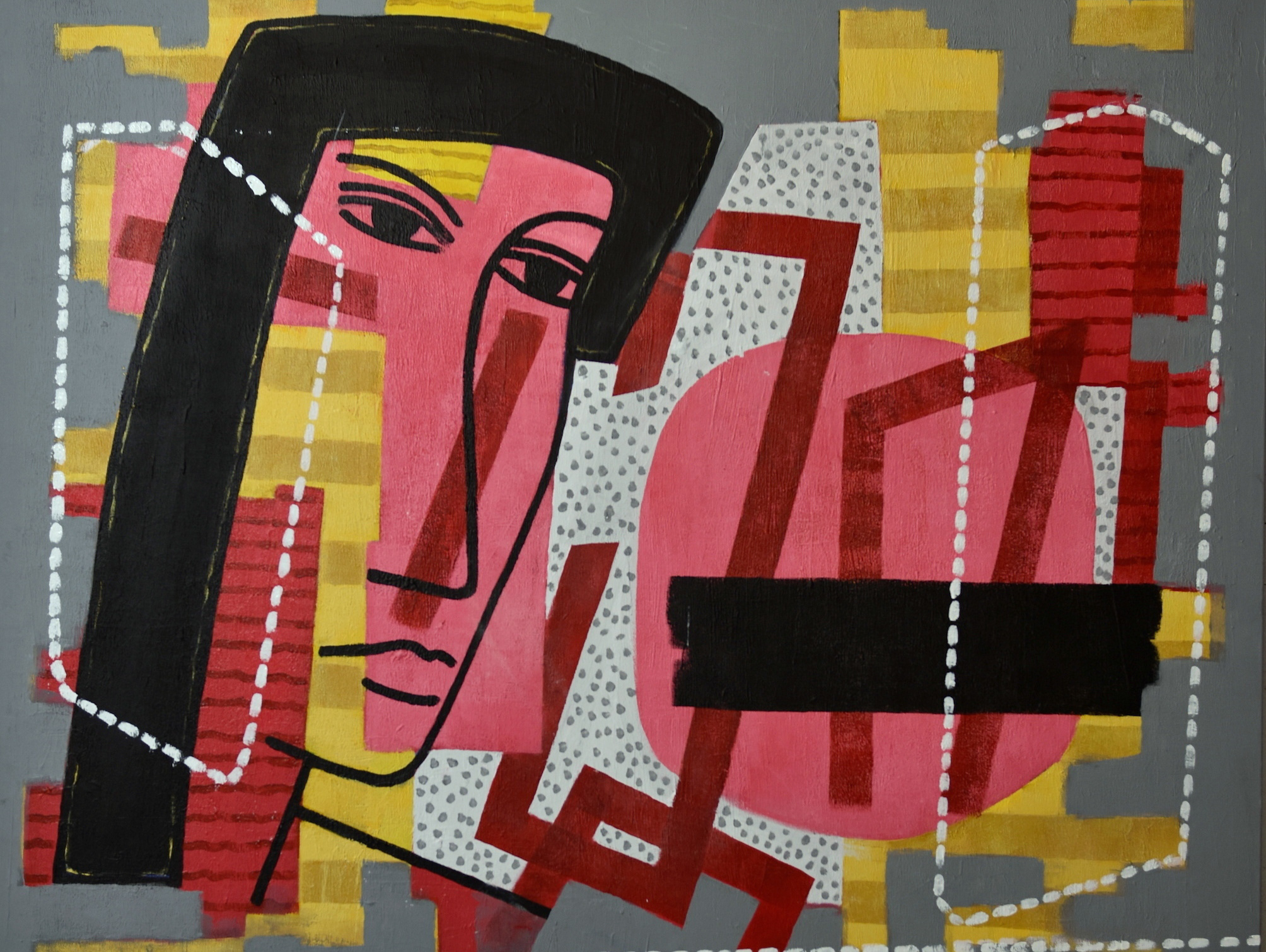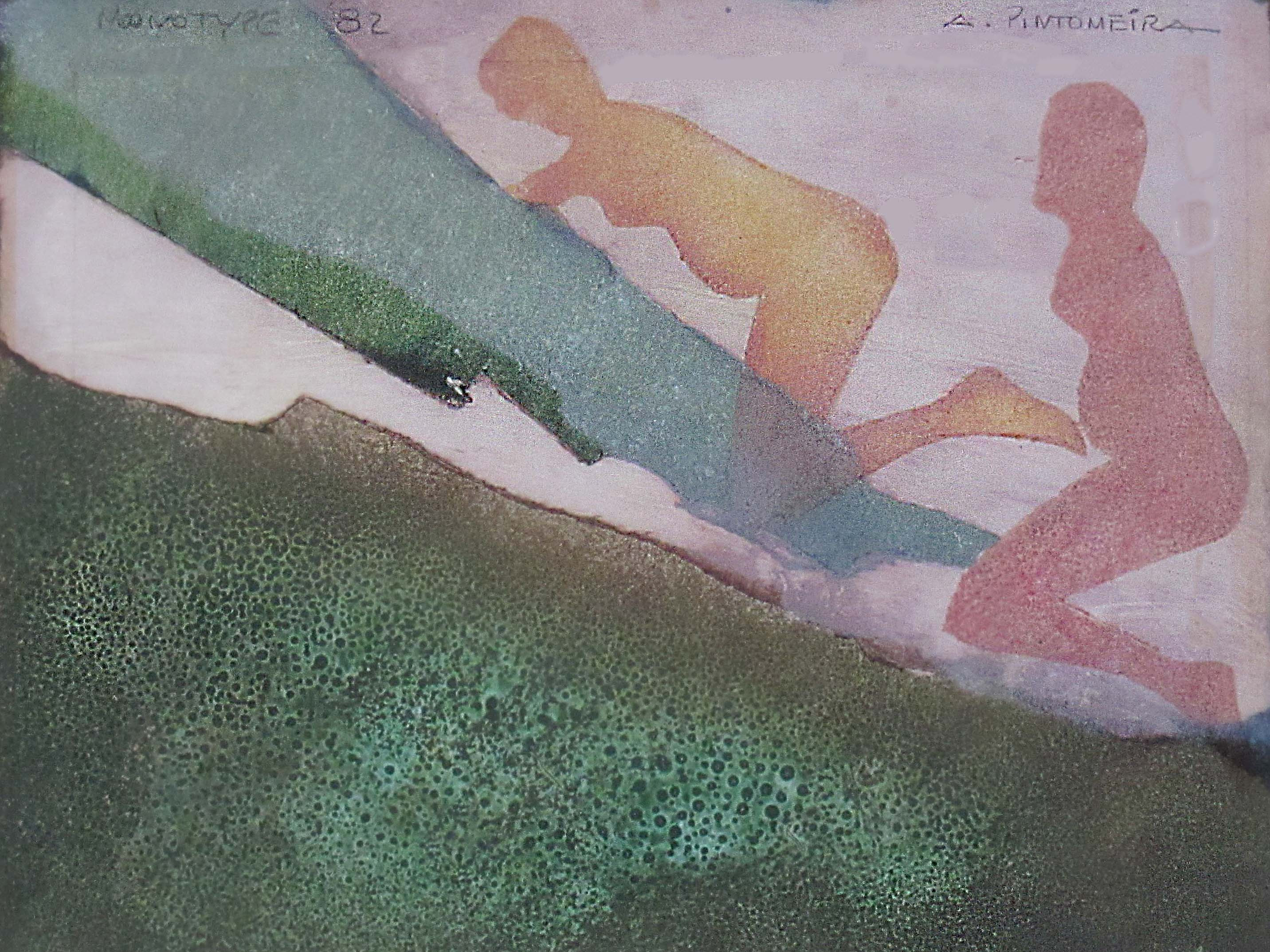OTHER FACES
2011
These new artworks represent photographs of faces collected from the media or internet searches. These faces go through a big scale digital printing on canvas, being, posteriorly, glued to the main canvas. The following step consists in an intervention through acrylic painting and introducing dense strokes, lines, geometrical shapes and streaking. The photography, the graphic design, the advertising and pop art are, here, obviously present. In this theme, with paintings exclusively figurative, the artist language unties itself from reality through a complete artificial process of pictures, which passes by the non-place of impersonality, as if they were objects produced for consumption. In a neutral and documentary-style, these pictures (portraits) are indeed presenting, impersonality, but also showing the isolation. They miss the critical space of a subject presence; there is only the paradoxical space of its disappearance.
OTHER FACES | mixed media on canvas | 90x100x4cm | 2012 | Private Collection
OTHER FACES | mixed media on canvas | 90x100x4cm | 2012
OTHER FACES | mixed media on canvas | 140x160x4cm | 2012
OTHER FACES | mixed media on canvas | 90x100x4cm | 2012
OTHER FACES | mixed media on canvas | 90x100x4cm | 2012
OTHER FACES | mixed media on canvas | 90x100x4cm | 2012
OTHER FACES | mixed media on canvas | 90x100x4cm | 2012
OTHER FACES | mixed media on canvas | 140x160x4cm | 2012
OTHER FACES | mixed media on canvas | 140x160x4cm | 2012
OTHER FACES | mixed media on canvas | 140x160x4cm | 2012
OTHER FACES | mixed media on canvas | 140x160x4cm | 2012
OTHER FACES
Moisés de Lemos Martins
Sociologist | Writer | Professor at the University of Minho
It was in this century that Pintomeira opened himself to Pop Art and Graphic Design aesthetic currents. Outras Faces comes after Interiors, the 2009 artist exhibition theme. And if back then the influence of David Hockney and Tom Wasselmann was visible, now the artworks of Andy Warhol and Roy Lichtenstein are called forward.
Pop Art and Graphic Design are in the contemporary movement of demystification of the image, which also means the demystification of the art. Artwork without aura, the images of Pop Art and Graphic Design have their fate tied to mass culture, particularly advertising, photography and cinema, and a markedly technological requirement, both because they are technically reproduced as shapes by integrating the dynamics of digital culture.
Affiliated in these expressions of visual arts, a culture that imbricates with the performing arts, the artistic production process of Pintomeira understands the labyrinth through the realm of media images that jumps to the screen of the painter, as well as off the page of the newspaper or magazine, or even the cinema displays or computer screen. And the use of Photoshop, a feature of a sharp handling images technique, as well as a digital image printing on canvas, just confirming this art movement, like the masses approach as the coming of machines.
In this theme, with ten paintings exclusively figurative, the artist language unties itself from reality through a complete artificial process of pictures, which passes by the non-place of impersonality, as if they were objects produced for consumption. In a neutral and documentary-style, these pictures (portraits) are indeed presenting, impersonality, but also showing the isolation. They miss the critical space of a subject presence; there is only the paradoxical space of its disappearance.
“Other Faces” figure the absolute homogeneity of subject and object, of time and space, in a process of enchanting return of the same (picture/portrait). The same portraits give us to see passive persons, denuded, in great solitude, subject to mere surface and artifice, without any interiority, persons who break free of all natural meaning to win the spectral intensity of the icon, an intensity empty of meaning. So they are, moreover, the media subjects, movie stars and pop music; for example, as Warhol showed to us by doing Marilyn Monroe, Elizabeth Taylor, Marlon Brando and Elvis Presley portraits. And alike are the portraits of “Outras Faces” that show us a cold and expressionless subjects, relegated to an profane condition, subjects that aren’t more than images without aura, mechanical achievements, traced from mass-media products as well as commercial ones and other items produced in series.
The ten paintings are two series of five picture each. In each series is a variation of the same figures, staged however differently and with different colours, painted with the use of diverse techniques by the artist. The pointillism, an Impressionist technique that uses juxtaposed coloured dots to make a taint, and the reticule, a technique that prints, by decal, textures over paper, that cross, virtually all these paintings. Colours often resemble the bright neon’s advertisements, with yellow tonalities, blue, red, lilac, and psychedelic overtones, with suggestions, sometimes obsessive and sometimes melancholic, where stand out contrasting and experimental harmonies.
This rarefied brilliance and their psychedelic effects create in each picture an artificial atmosphere. And as, however, from picture to picture, in both series, happens a total update of the elements constituting them, and is produced, on the other hand, an effect of a doubled reality, which constitutes a simulacrum within the simulacrum. This doubling effect is enhanced in two pictures, one in each series, by the fact that the same image is deployed in two. The artist puts them side by side, however changing the colours and signalling each of the portraits with different geometric designs – in one case, an oval line, which makes an irregular circumference, and, in another case, a line that breaks into a rectangle, leaving one side open.
Are obsessive in these paintings, the dots, stains, the lines and strings. The dots that are stains and lines that are strings. The stains that make textures and textures that are dots. The dot that isn’t a line, being both stains. A number of dots making sometimes a line. All, dots and lines, drawing circles. Not making a line, a dot alignment insinuates there a straight line and over there a curved line. The line, or straight curve, indicates movement, direction, and measure. An alignment of points may indicate the same thing, but a movement of discontinuity. Like life, which is more about an alignment of discontinuous points than a line indicating a safe foundation, a known territory and a stable identity.
With the drawing of lines and alignment of dots, Pintomeira exposes physical and tactile strings. The lines, such as the dots straight aligned, are tight strings, shelters against abandonment, impersonality and isolation. The artist wreathed them into a tissue which binds us. It is this draped piece of juxtaposed dots, curved lines and straight lines that allows us to float and keep sheltered between the continuous and the discontinuous, answering to our hesitation between being solid and being fluid.
